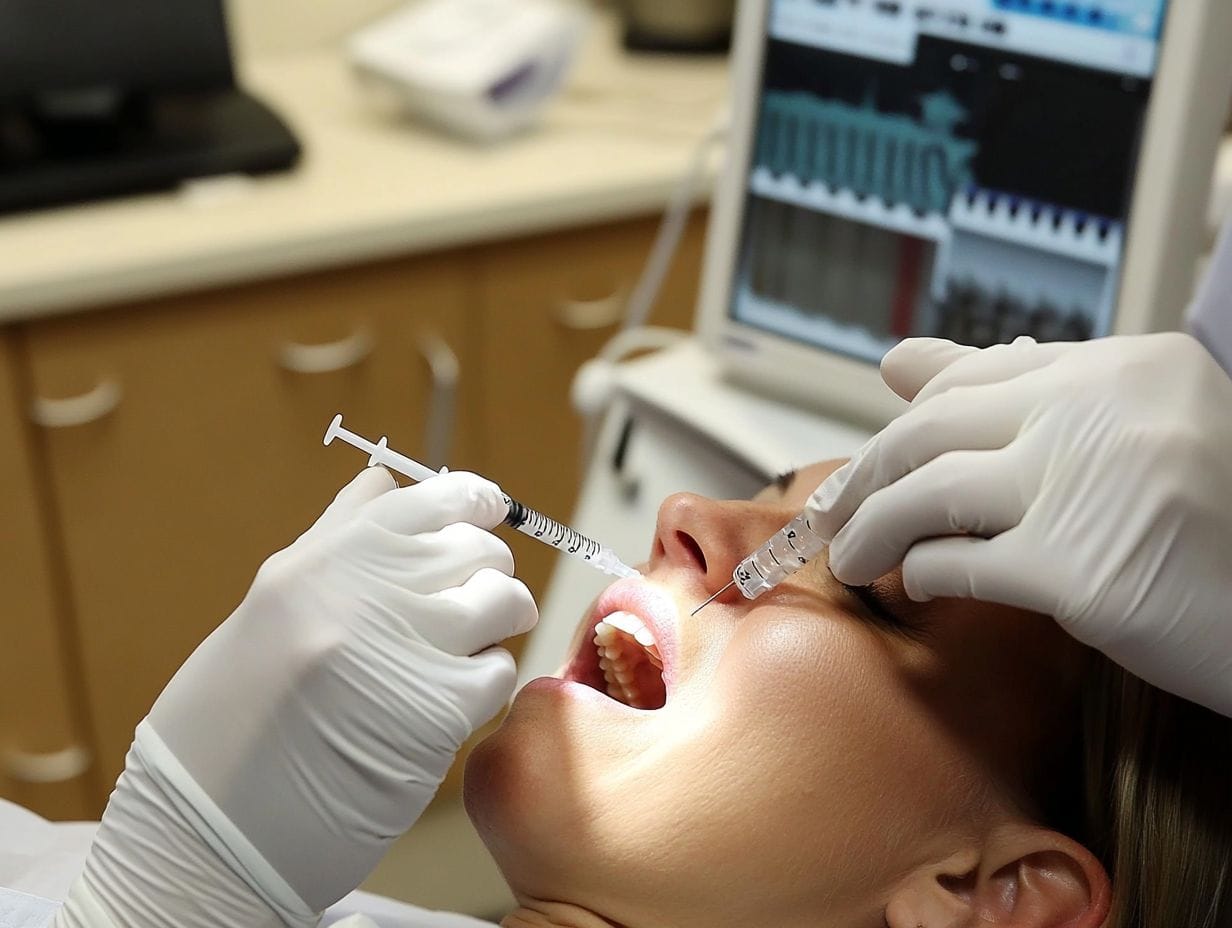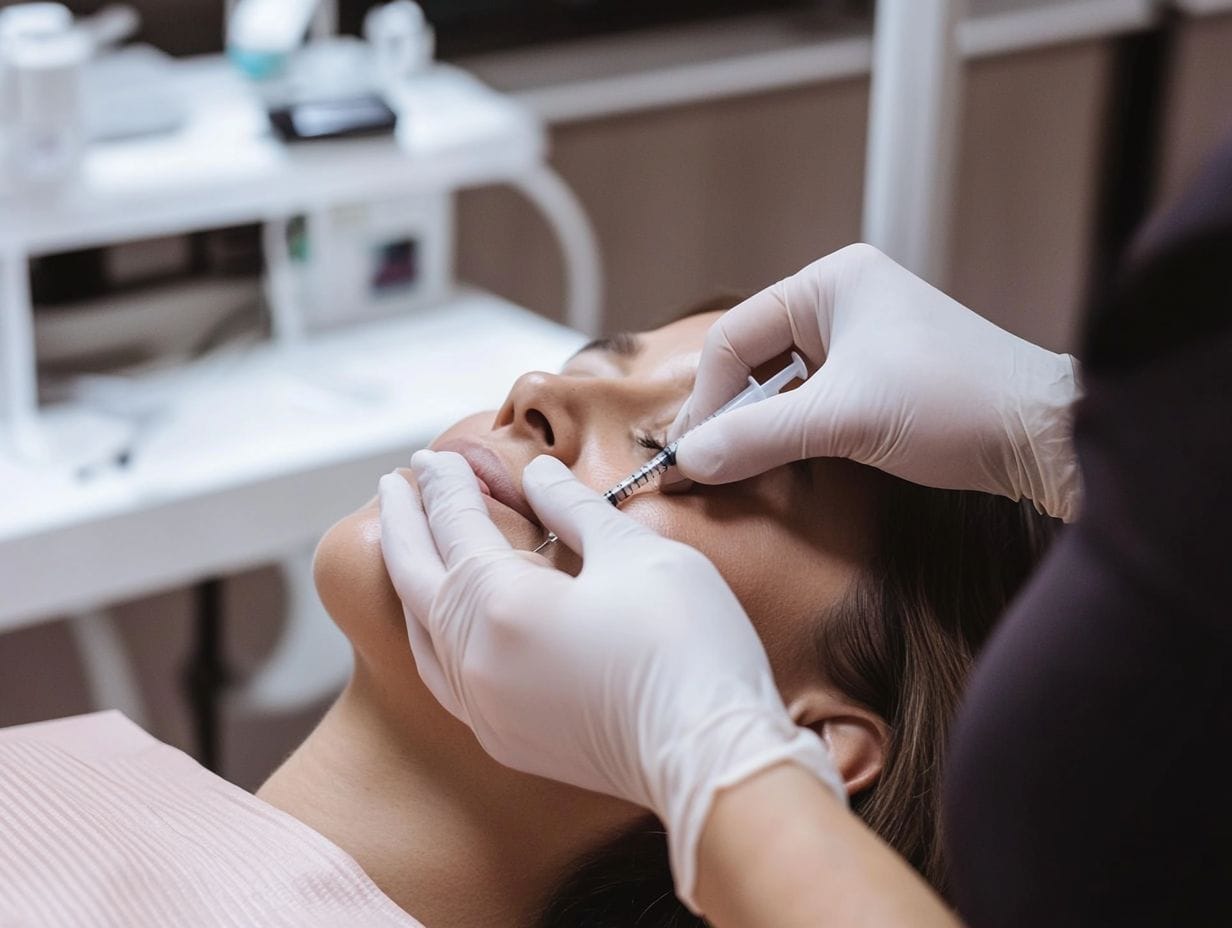Bruxism, commonly characterised by teeth grinding and jaw clenching, can lead to discomfort and long-term dental issues if left untreated. This condition has various causes and symptoms, and innovative treatments like Botox can provide relief. We will guide you through choosing the right treatment provider, share the Botox process, and highlight success stories from patients […]






 Temporomandibular joint (TMJ) disorders are intricately associated with bruxism and can exacerbate jaw tension and discomfort experienced by individuals. The habitual grinding of teeth may lead to misalignment of the jaw, resulting in pain and dysfunction within the TMJ. This relationship underscores the necessity for comprehensive treatment plans that address both bruxism and its associated TMJ complications.When individuals engage in teeth grinding, the excessive force exerted can place strain on the muscles and ligaments surrounding the jaw joint, leading to inflammation and restricted movement. This condition can further intensify symptoms such as headaches, earache, and jaw stiffness.To alleviate these issues, various treatment strategies may be employed, including custom-made mouthguards designed to protect the teeth and reduce grinding forces. Additionally, physiotherapy can aid in relieving muscle tension and improving jaw function, while stress management techniques are crucial in addressing the underlying causes of bruxism.Ultimately, effective management of both conditions can significantly enhance the quality of life for those affected.
Temporomandibular joint (TMJ) disorders are intricately associated with bruxism and can exacerbate jaw tension and discomfort experienced by individuals. The habitual grinding of teeth may lead to misalignment of the jaw, resulting in pain and dysfunction within the TMJ. This relationship underscores the necessity for comprehensive treatment plans that address both bruxism and its associated TMJ complications.When individuals engage in teeth grinding, the excessive force exerted can place strain on the muscles and ligaments surrounding the jaw joint, leading to inflammation and restricted movement. This condition can further intensify symptoms such as headaches, earache, and jaw stiffness.To alleviate these issues, various treatment strategies may be employed, including custom-made mouthguards designed to protect the teeth and reduce grinding forces. Additionally, physiotherapy can aid in relieving muscle tension and improving jaw function, while stress management techniques are crucial in addressing the underlying causes of bruxism.Ultimately, effective management of both conditions can significantly enhance the quality of life for those affected.
 Despite their advantages, traditional treatment options for bruxism possess certain limitations and potential side effects that patients should consider. Oral splints, while beneficial for some individuals, may lead to discomfort or necessitate adjustments over time, which can hinder consistent relief from pain symptoms and muscle tension.Medications, such as muscle relaxants or anti-anxiety drugs, can introduce their own range of side effects, including drowsiness, dry mouth, and the risk of dependency. As a result, some individuals may find themselves trapped in a cycle of temporary relief followed by discomfort, ultimately undermining their overall well-being.Lifestyle modifications often recommended, such as stress management techniques or improvements in sleep hygiene, may not produce immediate results, thereby leaving patients feeling frustrated. The process of exploring various treatment options can be overwhelming, as individuals seek not only pain relief but also a solution that integrates effectively into their daily routines.
Despite their advantages, traditional treatment options for bruxism possess certain limitations and potential side effects that patients should consider. Oral splints, while beneficial for some individuals, may lead to discomfort or necessitate adjustments over time, which can hinder consistent relief from pain symptoms and muscle tension.Medications, such as muscle relaxants or anti-anxiety drugs, can introduce their own range of side effects, including drowsiness, dry mouth, and the risk of dependency. As a result, some individuals may find themselves trapped in a cycle of temporary relief followed by discomfort, ultimately undermining their overall well-being.Lifestyle modifications often recommended, such as stress management techniques or improvements in sleep hygiene, may not produce immediate results, thereby leaving patients feeling frustrated. The process of exploring various treatment options can be overwhelming, as individuals seek not only pain relief but also a solution that integrates effectively into their daily routines. The benefits of utilising
The benefits of utilising 

